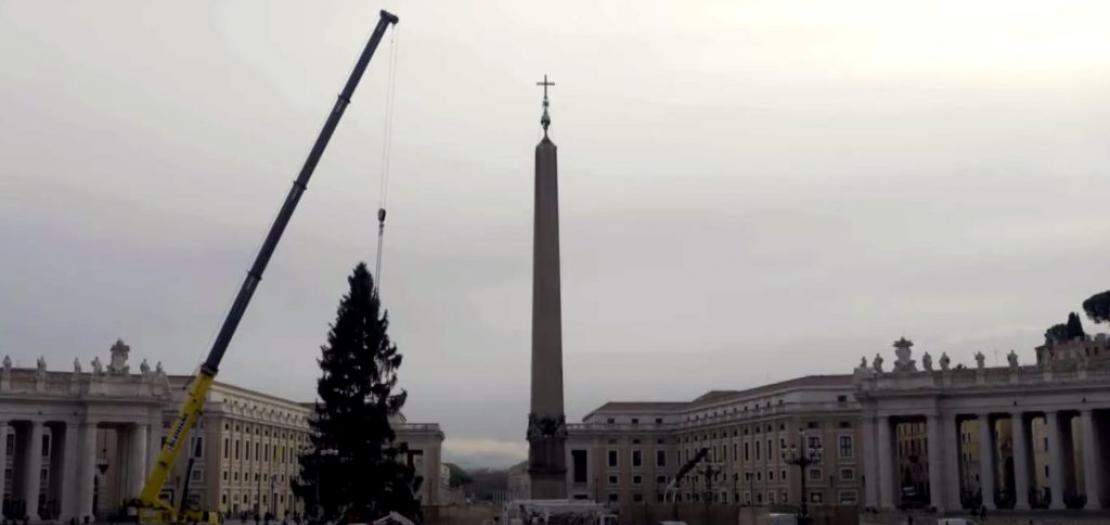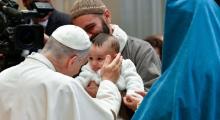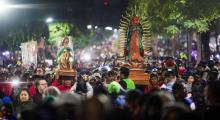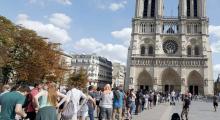Issued by the Catholic Center for Studies and Media - Jordan. Editor-in-chief Fr. Rif'at Bader - موقع أبونا abouna.org

The 40th Christmas tree to light up the season in St. Peter’s Square in the Vatican has arrived from the northern Italian Trentino region where it was chosen in line with the Vatican’s policies for sustainability and respect for the environment.
The St. Peter’s Square Christmas tree tradition was started in 1982 by Pope Saint John Paul II.
This year’s red fir (Picea abies) comes from the Paganella area of the Dolomite mountains on the Italian border with Austria. It arrived in the Vatican accompanied by certification it was harvested according to a sustainable forestry project. It also came complete with handmade wooden Christmas decorations.
As has been the policy in the past years, the Vatican Governorate is in charge of “lighting” with a low-energy consumption LED electric system.
After being unveiled, the tree will be on show for pilgrims and tourists at the center of the Square, right next to the Nativity Scene until Sunday, January 9, 2022.
The Nativity Scene this year has been donated to the Vatican by Peruvian authorities and pays tribute to an ancient Andean indigenous people and culture.
Over 30 figurines created by five different artists belonging to the Chopcca Nation will make up the traditional Nativity Scene.
The Chopcca Nation comprises several communities that are located in the Huancavelica region in the high Andean region of Peru; their name refers to a character that represents a “common ancestor.”
With its representation of a cross-section of the life of the peoples of the Andes, a Holy See Press Office communiqué explained that the Nativity Scene also celebrates 200 years from the independence of Peru, and symbolizes the universal call to Salvation.
The life-sized figurines representing the Child Jesus, the Virgin Mary, St. Joseph, the Three Kings and the shepherds are made of ceramic, maguey wood and fiberglass, and will be wearing traditional Chopcca costumes.
Baby Jesus will have the appearance of a “Hilipuska” child, so-called because he is wrapped in a typical Huancavelica blanket tied with a “chumpi” or woven belt.
The Three Kings will be carrying traditional foods such as potatoes, quinoa, and other indigenous cereals, and they will be accompanied by llamas with the Peruvian flag on their backs.
The birth of the Saviour will be announced by an angel playing the Wajrapuco, the traditional Andean wind instrument. Indigenous animals such as alpacas, vicunas, and the Andean condor, Peru’s national symbol, will also be featured.
The traditional inauguration of the Nativity scene and the lighting of the Christmas tree are scheduled for Friday, December 10.







